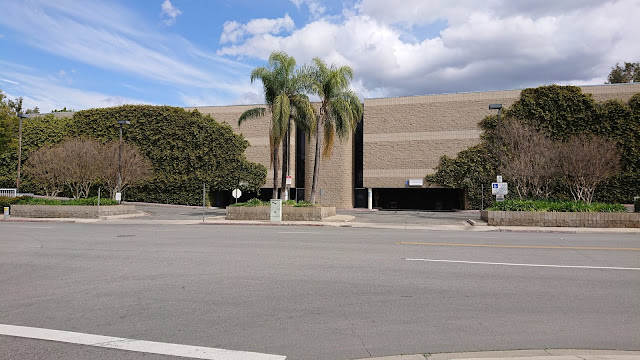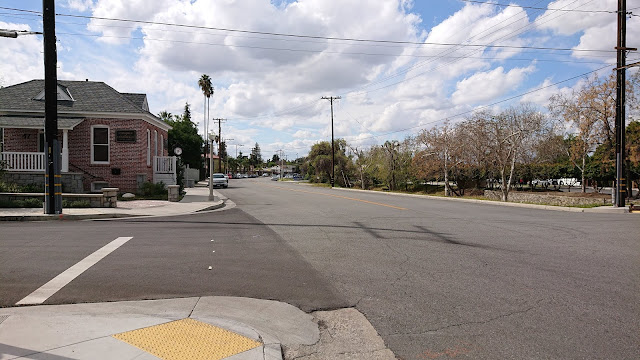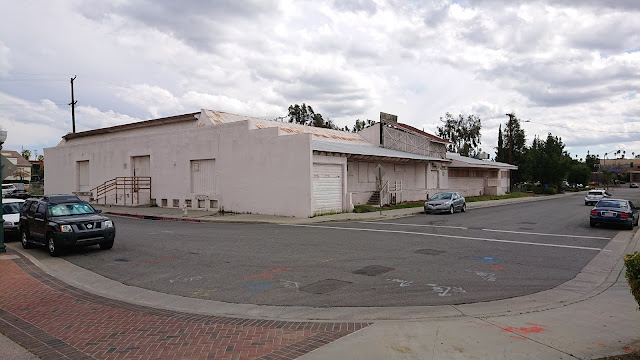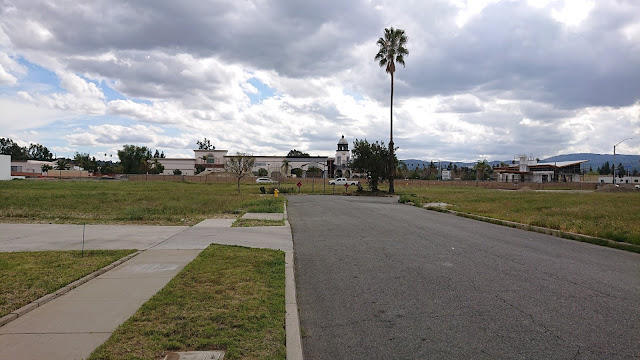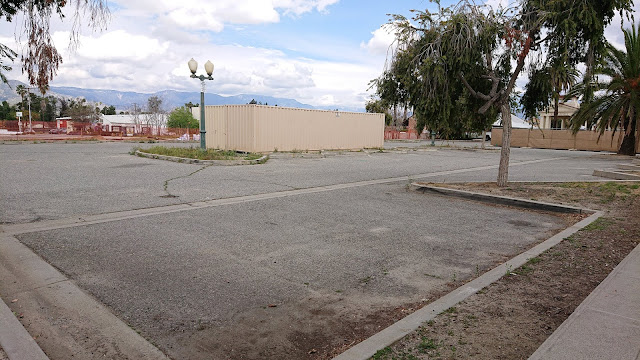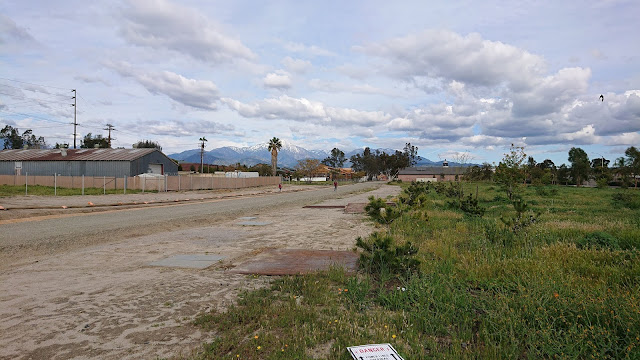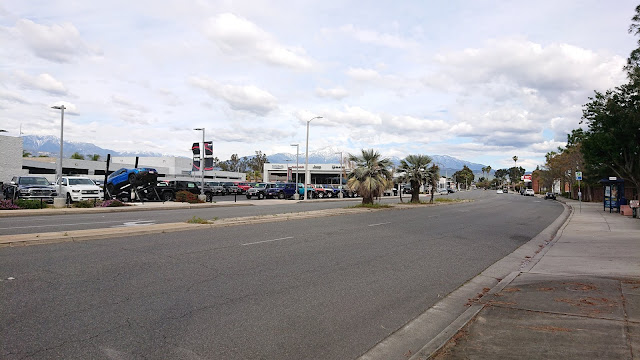Introduction
Read The Great Influenza: The Story of the Deadliest Pandemic in History by John M. Barry to see how the world coped at that time. We Americans were much tougher and less selfish and self-obsessed back then. But even then, we had political appointees who underplayed the danger of the flu for commercial reasons, which led to thousands of excess deaths. And then we had idiots who did the "masks impose on my rights" nonsense. Especially sobering to read are details of the second wave of influenza in late 1918. This second wave may have accounted for the majority of deaths around the world, many in poor regions like India. In total, about 675,000 Americans died. Will we see a second wave of COVID this time? (Update: Yes!)
A New Jersey friend asked if I had been taking virus pictures around Vicksburg. I wondered, how could I show what was different than normal? A hundred photo web pages recommend lame virus exercises such as "How to photograph an egg in creative light" or "Get closer to your pet or your broccoli for the most impactful portraits." OK, maybe if you are totally confined indoors and are totally bored. But here in Vicksburg, Mississippi, we arre not confined indoors, and I thought of some topics.
Photographers around the world have shown pictures of their normally mobbed streets being completely empty. The Weather Channel had an article documenting penguins, lions, bears, bison, and other critters reclaiming now-empty city streets. Vicksburg has also been quiet, but it does not look drastically different from normal, and we do not have bison or penguins. The streets here have traffic but usually not bumper-to-bumper. As a bicyclist, the quiet streets are very welcome. Night-time is gloriously quiet. The mayor wisely enacted a curfew from 11:00 pm to 05:00 am, and for once we do not hear crapped-out jalopy cars clunking down the street at all hours of the night, rap music thumping. Now, we can hear tree frogs or an occasional tug on the Mississippi River. It would be so nice if this curfew stayed in effect indefinitely.
A New Jersey friend asked if I had been taking virus pictures around Vicksburg. I wondered, how could I show what was different than normal? A hundred photo web pages recommend lame virus exercises such as "How to photograph an egg in creative light" or "Get closer to your pet or your broccoli for the most impactful portraits." OK, maybe if you are totally confined indoors and are totally bored. But here in Vicksburg, Mississippi, we arre not confined indoors, and I thought of some topics.
Quieter streets
Photographers around the world have shown pictures of their normally mobbed streets being completely empty. The Weather Channel had an article documenting penguins, lions, bears, bison, and other critters reclaiming now-empty city streets. Vicksburg has also been quiet, but it does not look drastically different from normal, and we do not have bison or penguins. The streets here have traffic but usually not bumper-to-bumper. As a bicyclist, the quiet streets are very welcome. Night-time is gloriously quiet. The mayor wisely enacted a curfew from 11:00 pm to 05:00 am, and for once we do not hear crapped-out jalopy cars clunking down the street at all hours of the night, rap music thumping. Now, we can hear tree frogs or an occasional tug on the Mississippi River. It would be so nice if this curfew stayed in effect indefinitely.
 |
| The Vicksburg from the corner of Monroe and China Streets (Kodak Panatomic-X film, Rolleiflex 3.5E with 75mm ƒ/3.5 Xenotar lens) |
 |
| Spring Street view north, Vicksburg, Mississippi, USA (Panatomic-X film, Hasselblad 501CM, 250mm ƒ5.6 Sonnar lens) |
 |
| Polk Street view east, Vicksburg, Mississippi (4×5" Tri-X film, 135mm ƒ/4.5 Schneider Xenar lens) |
 |
| Speed Street view west, Vicksburg, Mississippi (Rolleiflex 3.5E Xenotar, Tri-X 400 film) |
On this last picture, I caught a car in motion. Normally, Speed Street is much busier
They are are closed! Normally, they are open 24 hours. The casinos are situated along the banks of the Mississippi River. Here are two examples.
Casinos
They are are closed! Normally, they are open 24 hours. The casinos are situated along the banks of the Mississippi River. Here are two examples.
 |
| WaterView Casino closed for virus (4×5" Tri-X Prof. film, 180mm ƒ/5.6 Caltar IIN lens) |
 |
| Ameristar Casino closed for virus, Vicksburg, Mississippi, USA (4×5" Tri-X film, 90mm ƒ/6.8 Angulon lens) |
No more tour boats
Up through February (2020), three or four river tour boats per week moored at the Vicksburg waterfront. The river cruise business was devastated by the 2007-2008 recession but had nicely recovered. The tourists took busses to the Vicksburg National Military Park, to museums, and to some of the churches. I am not sure if they spent all that much in town, but it was nice to see visitors. This is a photograph of the "America" moored at the waterfront during happier times in 2019. We also saw many visitors from Europe, especially music lovers who drove Route US 61, the "Blues Highway," but they, too, are not here now.
 |
| Paddlewheeler "America," Levee Street, Vicksburg, Mississippi (Fuji Acros film, Voigtlander Vito BL camera, 50mm ƒ/3.5 Color-Scopar lens, Leitz polarizer) |
Industrial activity
The Port of Vicksburg is still operating, but traffic is definitely less. 18-wheeler trucks still rumble by with timber, lime, cement, or petroleum products, but there are fewer private cars and pickup trucks. The tank cars in the photograph below have been sitting on the siding for months. Possibly they are being used to store refined petroleum, but I am not sure.
 |
| Haining Road view east, Vicksburg, Mississippi (4×5" Tri-X film, 180mm ƒ/5.6 Caltar IIN lens) |
 |
| Haining Road view west, Vicksburg, Mississippi (4×5" Tri-X film, 180mm ƒ/5.6 Caltar IIN lens) |
Lesser changes
Even the gas stations are a bit quieter some of the time. But some places in town look about the same as ever. Clay Street has a lot of traffic. The dudes of a certain demographic still hang around the gas station convenience stores and the car wash places, as if they did not read the warnings about not gathering in groups. And almost none of them wear masks. They think they are immune?
 |
| Top Five, 1108 Bowmar Avenue, Vicksburg, Mississippi (Leica IIIC, 50mm ƒ/1.4 Canon lens) |
Closing comments
The virus restrictions have been more relaxed here than in many big cities, where people had to stay indoors for weeks. I live in a big old southern house and have plenty of chores and repairs to do. My wife and I can go out and take photographs, walk, or ride bikes. We have coped with no issues at all. We did not consume or ingest any disinfectant or malaria medicine as per the "medical" recommendations from the White House.
We were fortunate that Vicksburg's mayor was proactive about closing businesses where people gather. And, at least initially, the Governor of Mississippi was more cautious and medical-directed than many other southern governors. The State Health Officer has served the citizens of Mississippi diligently. Compare and contrast with the political hacks in Georgia (Kemp), Florida (DeSantis), South Dakota (Noem), and Texas (Greg Abbott). But Mississippi's opening the economy still proved deadly for health outcomes. And the autumn school schedule turned into a shitstorm (a wildly chaotic and unmanageable situation, controversy, or sequence of events) when the Governor mandated that schools open on schedule in his attempt to suck-up up to President Trump and/or Senator Hyde-Smith.
One benefit of having a bit more spare time was reviving my 4×5 inch Tachihara camera. I was embarrassed that I had not used it since 2012. The equipment to xpose big pieces of film and take real photographs sitting in a closet, year after year? I retrieved the kit from the closet, checked the lenses and shutters, and loaded some film holders in a dark closet. At first, I was awkward, but the technique came back quickly. The Tachihara is a wooden field camera and must be used on a tripod. Press photographers in the 1940s successfully hand-held 4×5" Speed Graphics (you have seen them in movies accompanied with big flash bulb reflectors), but mine does not have any sort of rangefinder. I even bought a 1960s Schneider 90mm ƒ/6.8 Angulon lens, a tiny optic that is easy to carry.
Here in town, I found a handy advantage to the reduced traffic: I can set up a tripod in a street and not have any issues. If I wear my orange National Park Service vest, some drivers stop, thinking that I am a surveyor or city employee.
We will get through this. So will you Urban Decay readers. Be well, be careful, don't go stupid with this "reopening the economy" propaganda and go to bars, casinos, Republican political rallies, motorcycle rallies, or parties. And don't forget to photograph your world, explore, and leave a film legacy for your descendants.









